HOW RUSSIA’S WARFARE DOCTRINE IS FAILING IN UKRAINE
- By Alex Hollings
Share This Article
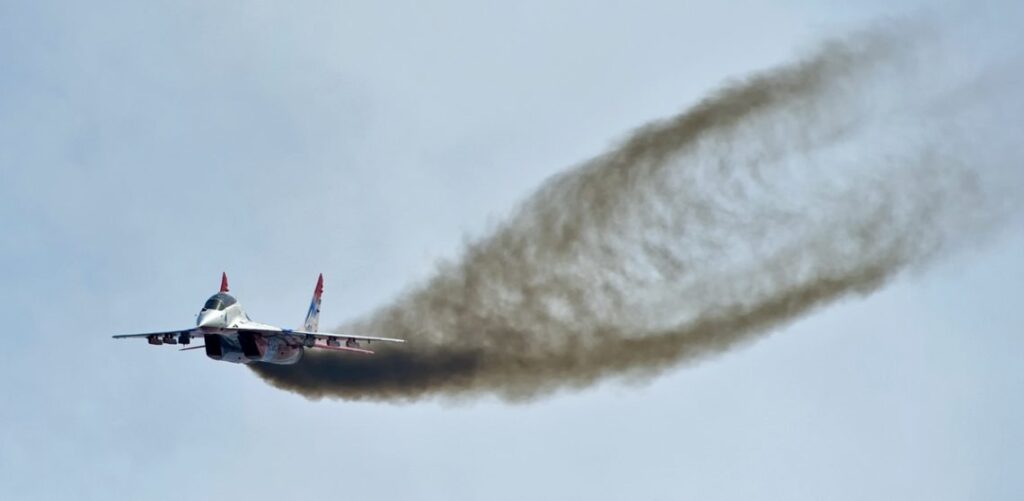
Now more than a month into Russia’s invasion of Ukraine, the embattled nation’s defensive forces have seemingly made the impossible commonplace, halting Russian ground forces on multiple fronts and somehow managing to keep the nation’s airspace contested despite Russia’s overwhelming numbers.
Russia’s Air Force, considered the second largest in the world behind only the United States, operates very differently than the American airpower we’ve all come to know over the past decades of combat operations in the Middle East. While Russia’s military is certainly suffering from a symphony of problems that have been discussed by many over the past four weeks, some of its most significant issues may not be errors at all. To some extent, it’s Russia’s very approach to warfare that’s failing in the skies over Ukraine.
Related: WHAT NOW, WAGNER GROUP? HOW WILL PRIGOZHIN’S DEATH AFFECT RUSSIA?
American Airpower: Dominate the skies to win the war
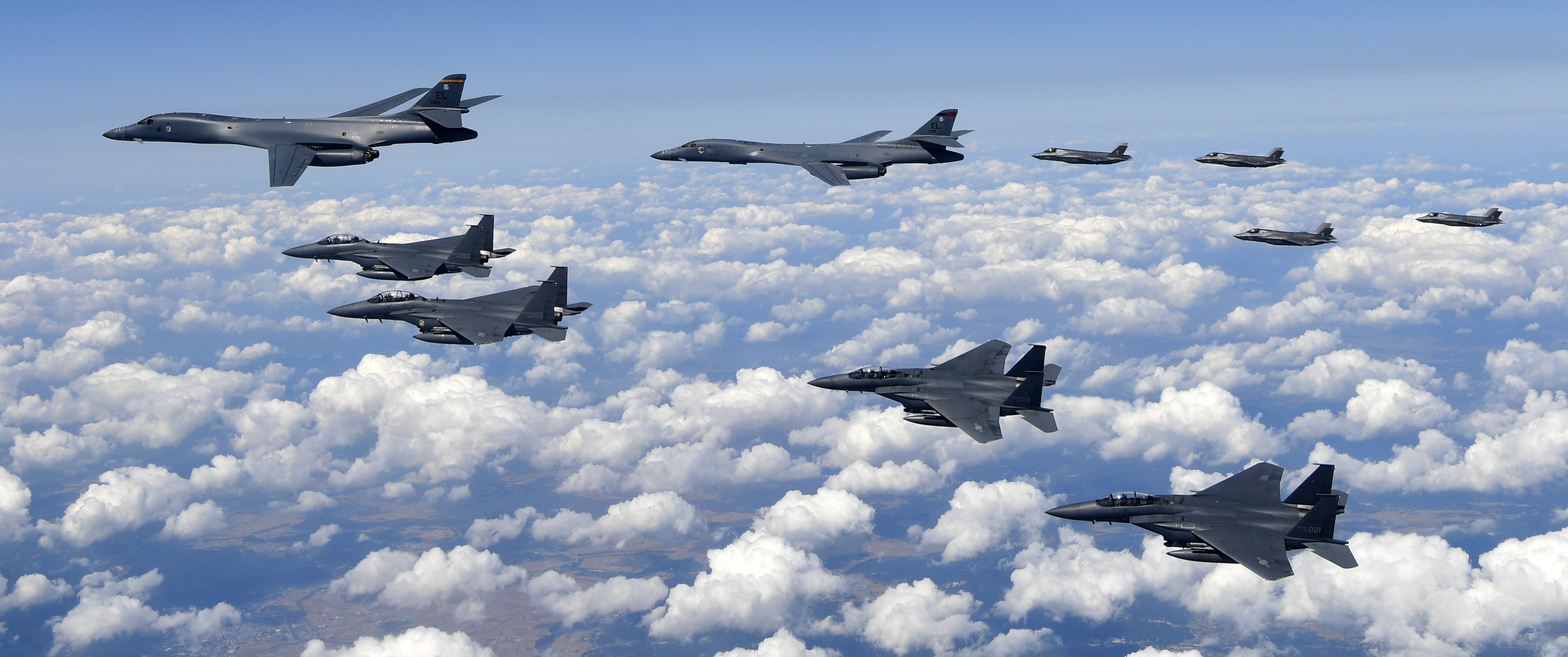
In the United States, combat operations are divided into six notional phases, each of which sees participation from large portions of the force working together toward intermediate objectives. It provides a basic rubric for commanders and their staff to visualize and plan for large combat operations with an eye toward their requirements. Until 2009, U.S. doctrine was broken down into four phases, but dramatic changes were incorporated leveraging lessons learned during the Global War on Terror.
The six phases of war are shaping, deterring, seizing the initiative, dominating, stabilizing, enabling civilian authority, and then a return to shaping.
This phased approach allows commanders to ensure their forces have adequate personnel, resources, equipment, and time to complete each intermediate objective before moving on to the next phase of operations. As Dr. Rebecca Grant, president of IRIS Independent Research, pointed out in Air Force Magazine some 13 years ago, airpower plays a role in every phase of American combat doctrine, and further, it’s critical for the most important of them.
Airpower in the form of intelligence, surveillance, and reconnaissance (ISR) as well as armed patrols are vital to deterrence. U.S. aircraft also often play a pivotal role in seizing the initiative, conducting airstrikes, and providing ISR. In the domination phase, American jets take control of the airspace, eliminating or mitigating both enemy aircraft and air defenses, before providing close air support and ISR for ground forces. In the stabilize and enabling civil authorities phases, airpower is once again relied on for everything from reconnaissance to providing armed support to help legitimize the new sitting government.
Importantly, massive, overwhelming airpower is vital to both the seizing the initiative and domination phases of American warfare doctrine, where aircraft would be used to quickly neutralize any threat the enemy could pose in the air so subsequent airstrikes and support of ground troops can both be conducted with little risk to allied aircraft.
In a very real way, one could make an informed argument that the United States’ approach to warfare is built around its airpower capabilities, with ground forces being used in conjunction with aircraft and long-range weapon systems to achieve overarching goals. That’s not to downplay the incredible importance of ground forces in combat, but rather to highlight just how important securing air dominance is to the American way of fighting.
Related: PRIGOZHIN BELIEVED DEAD AFTER PLANE CRASH IN RUSSIA
Russia doesn’t use airpower the same way
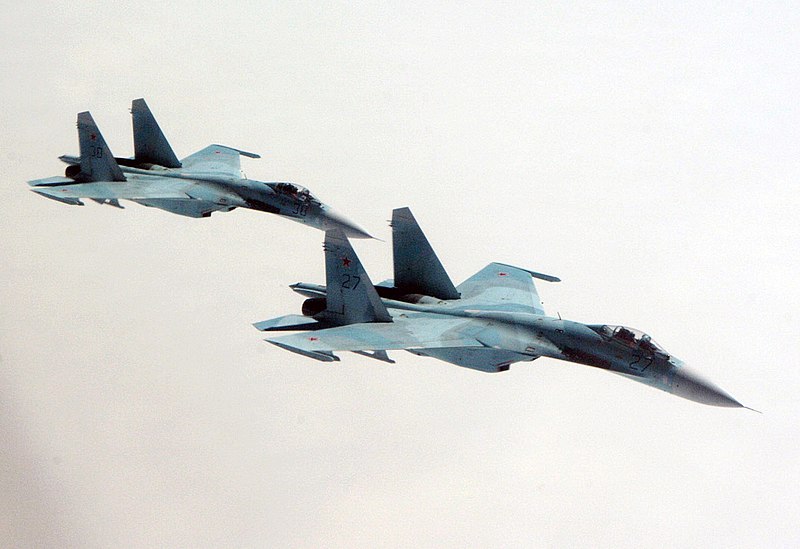
Russia’s modern military doctrine takes a very different approach to warfare, placing a much larger emphasis on what Russia calls new generation warfare (NGW) in the lead-up and early stages of conflict (Grey Zone operations), and then the measured and even budget-minded use of force during the conflict itself. Russia uses its more expensive assets only as necessary, and where cheaper alternatives don’t seem viable—a stark contrast to America’s approach to overwhelming technological might.
Importantly, Russia’s military doctrine is not built on the back of airpower like one might say America’s is, but rather sees airpower as subservient to its larger ground forces. As Forbes writer David Axe put it, Russia’s air force is primarily used as airborne artillery. This may, in fact, be the direct result of NATO’s massive airpower capabilities, and the Russian understanding that it may lose air superiority in the event of a large-scale conflict. Rather than trying to win a losing battle, Russian doctrine has shifted to accept the idea that it may not control the airspace it’s fighting in.
“Rather than seeking to dominate a battlespace, Russia prioritizes flexibility and the ability to adapt to changing conditions in a conflict.”“Russian Armed Forces: Military Doctrine and Strategy,” Congressional Research Service, March 20, 2020
Russia’s military doctrine does not call for using its airpower apparatus to quickly take total control over enemy airspace, nor does it even call for the rapid elimination of enemy air defenses. This speaks to Russia’s lack of dedicated suppression of enemy air defense (SEAD) platforms like America’s specialized Wild Weasel F-16s. Russian jets can and do employ anti-radiation missiles to engage air defense systems, for instance, but it’s not a job that any Russian pilot or aircraft specializes in or frequently trains specifically for.
Instead, Russia places a heavy emphasis on long-range fires, with the use of their own integrated air defense systems even prioritized over tasking aircraft with dominating the airspace above their forces.
Russia’s approach to warfare calls for using advanced air defense systems to mitigate the effectiveness of enemy air defenses and aircraft alike, all while using a high volume of artillery, rocket, and missile fire to gain and leverage fire superiority. Aircraft support ground forces to these ends, rather than serving as the primary means of taking control over the battlespace. If airpower serves as the backbone of America’s military doctrine, large tank units and artillery serve as the backbone of Russia’s.
“Russian views are consistent: They believe the advantage in modern warfare goes to the side that can gain and sustain fire superiority over the adversary, and in some scenarios they would likely feel compelled to attack to secure that advantage.”“The Russian Way of Warfare” by Scott Boston and Dara Massicot, Rand Corporation
Related: RUSSIA IS SUFFERING FROM UKRAINE’S CLUSTER MUNITIONS, RUSSIAN COLONEL REVEALS
Russia does not prioritize denying airspace to its enemies

Russia’s approach to warfare calls for very literally punishing their enemies in the initial stages of fighting with the goal of rapidly resolving conflicts in a way Russia deems favorable. As the Congressional Research Service points out, Russia’s goal is not to deny an adversary area access.
“Rather, Russian doctrine focuses on integrated defenses (especially aerospace defense forces) that treat the enemy as a system. It seeks to disrupt, deflect, and eventually punish an attacker in the initial stages of a conflict.”“Russian Armed Forces: Military Doctrine and Strategy,” Congressional Research Service, March 20, 2020
Russia aims to use its fire superiority to target and degrade critical elements of command and infrastructure that will ultimately force its opponent to agree to favorable terms. As such, the strategy Russian commanders employ seemingly assumes nationwide air dominance won’t be assured. That shouldn’t be mistaken for arguing that Russia won’t use aircraft and integrated air defense systems to dominate their immediate airspace or airspace over an objective to the best of their ability. They would and are certainly doing that. But Russia doesn’t view establishing country-wide air dominance as essential to accomplishing their broader objectives.
Because Russian forces seemingly have difficulty discerning between friendly and enemy aircraft in a chaotic battlefield environment, a heavy presence of Russian aircraft operating over Russian forces likely seems riskier than relying on advanced air defense systems like the S-400 Triumpf to keep enemy aircraft from engaging their troops, however.
So instead, Russian jets are used in a similar fashion to Russian artillery: conducting airstrikes against targets in support of its ground forces.
Related: THE SOVIETS CRASHED INTO THE MOON WHILE APOLLO 11 WAS ON IT
Russia’s approach is not working in Ukraine

Russia’s use of airpower as a supplement to its overarching objective to secure fire superiority has proven largely ineffective over Ukraine, as have Russia’s long-touted integrated air defense systems. While Ukraine’s air force has certainly suffered losses, they continue to fly combat sorties every day more than a month into this conflict.
“Every time when I fly, it’s for a real fight,†A Ukrainian Su-27 pilot named Andriy told the New York Times. “In every fight with Russian jets, there is no equality. They always have five times more planes in the air.”
Ukrainian fighters, mostly operating at night, have continued to provide air support to ground forces on the defense, and Ukrainian drones have wreaked havoc against Russian equipment throughout the country. Meanwhile, Russian aircraft continue to fly hundreds of sorties per day, often deploying munitions while still inside Russian airspace at targets hundreds of miles inside Ukraine, serving as long-range artillery for their largely stalled ground forces.
Russia’s inability to take control of Ukrainian airspace, coupled with its doctrinal approach to using aircraft as an extension of their long-range artillery and rocket assets, is clearly not working it was meant to on paper.
We’ve already discussed a number of reasons Russia has struggled to capture Ukraine’s skies (you can read them here), but perhaps the most important reason of all may simply be that Russia’s approach to warfare severely undervalued the importance of controlling the airspace overhead. However the war in Ukraine eventually concludes, it seems likely that we’ll see a shift in Russia’s concept of airpower and its uses in warfare in the years to come.
Read more from Sandboxx News
Related Posts
Sandboxx News Merch
-

‘AirPower’ Golf Rope Hat
$31.00 Select options This product has multiple variants. The options may be chosen on the product page -

‘Kinetic Diplomacy’ Bumper Sticker (White)
$8.00 Add to cart -

‘Kinetic Diplomacy’ Bumper Sticker (Black)
$8.00 Add to cart

Alex Hollings
Alex Hollings is a writer, dad, and Marine veteran.
Related to: Airpower
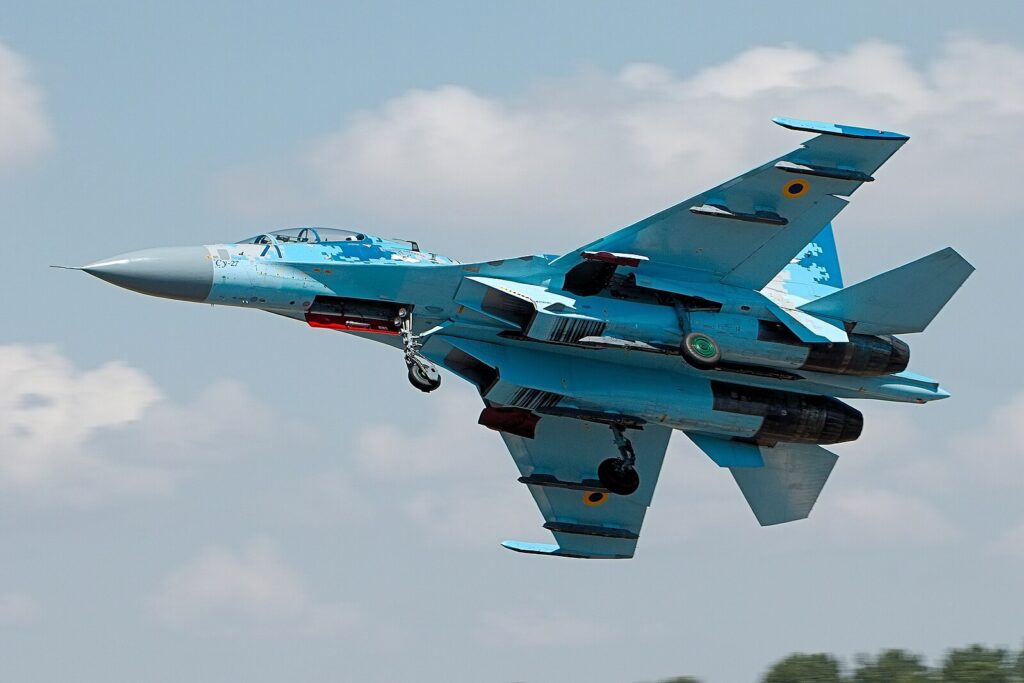
Where do NATO reporting names come from?

The A-12 Avenger II would’ve been America’s first real ‘stealth fighter’

It took more than stealth to make the F-117 Nighthawk a combat legend
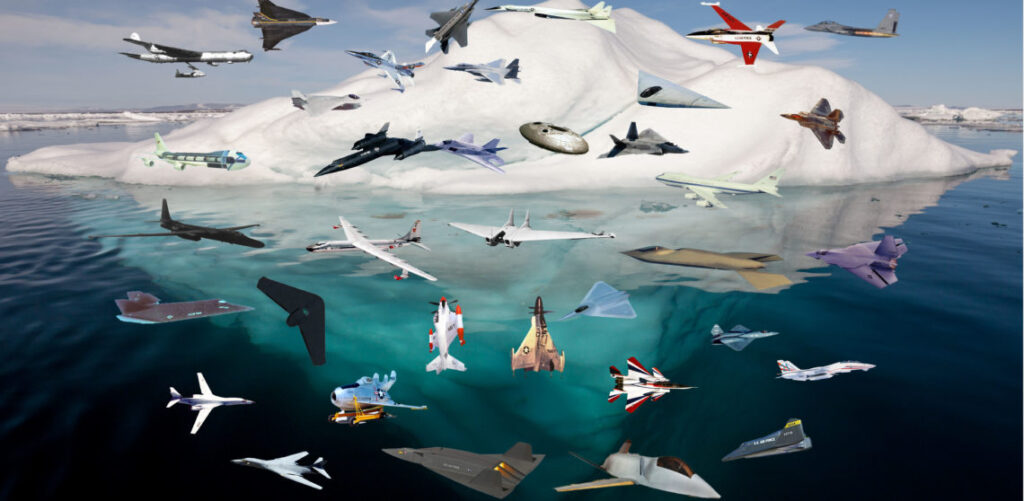
The military aircraft America ‘almost’ bought iceberg
Sandboxx News
-

‘Sandboxx News’ Trucker Cap
$27.00 Select options This product has multiple variants. The options may be chosen on the product page -

‘AirPower’ Classic Hoodie
$46.00 – $48.00 Select options This product has multiple variants. The options may be chosen on the product page -

‘AirPower’ Golf Rope Hat
$31.00 Select options This product has multiple variants. The options may be chosen on the product page -

‘Sandboxx News’ Dad Hat
$27.00 Select options This product has multiple variants. The options may be chosen on the product page
